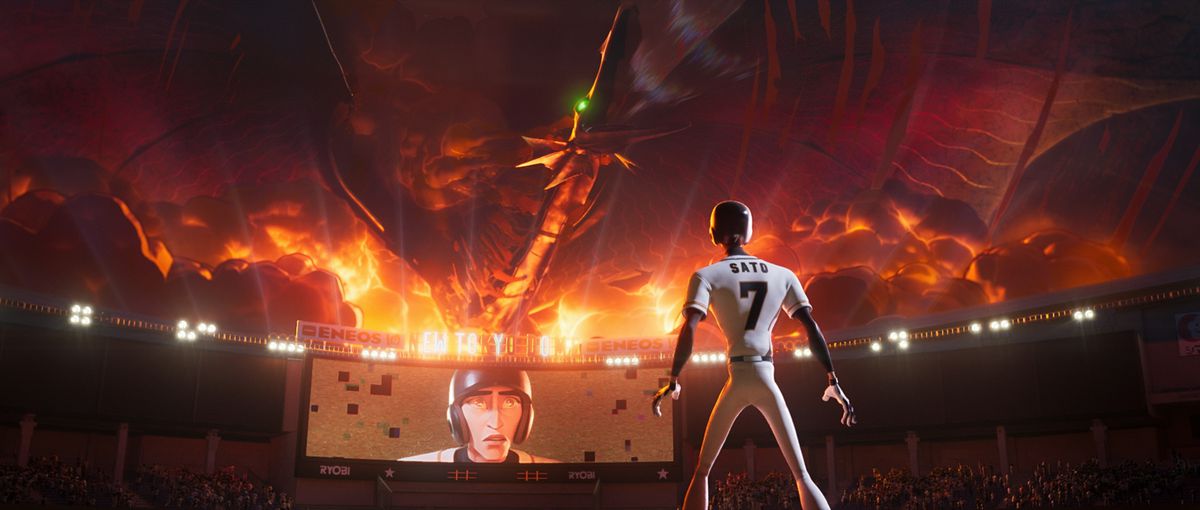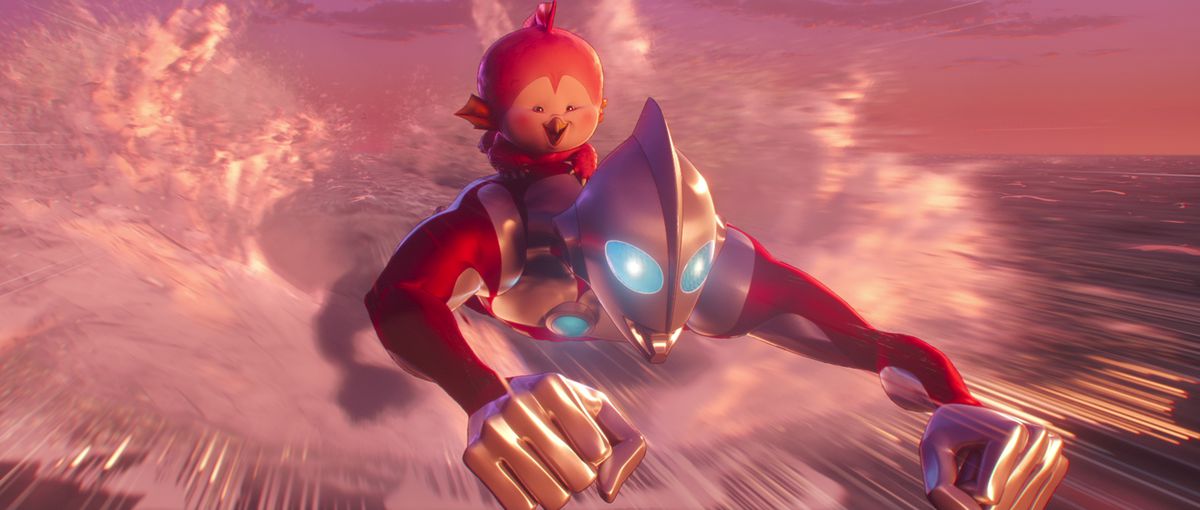Netflix’s Ultraman: Rising triumphantly reinvents a tokusatsu legend for newcomers
At its pulsating circular core, Ultraman is a generational story. Created by Eiji Tsuburaya, one of Godzilla’s co-creators and founder of Tsuburaya Productions, the franchise centers on a giant, red-and-silver superhero from another planet who travels to Earth to defend it from hostile alien forces. Once he arrives on our planet, he bonds himself to a human host, allowing them to wield his awesome power.
Over the course of the franchise’s nearly 60-year history, dozens of heroes have taken on the mantle of Ultraman, each with their own unique legacy and challenges. In the new film from Netflix Animation Ultraman: Get upthe alien defender of justice and balance is faced with what may be his greatest challenge yet: parenthood.
Directed by Shannon Tindle (Lost Ollie) and John Aoshima (2017). The Scrooge McDuck series “Ducktales), and co-written by Tindle and Marc Haimes (Kubo and the two strings), Ultraman: Get up centers on Kenji “Ken” Sato, a brash, self-centered baseball player living in America. When his ailing, estranged father is injured, presumably in battle as Ultraman, Ken returns to Tokyo to take up the mantle of hero.
Image: Netflix
Ken grieves the disappearance of his mother, Emiko, and is angry about his father’s absence during his childhood. He does not take his professional obligations as a baseball player and his role as Ultraman very seriously. He treats the latter more or less as an afterthought, instead focusing on preening the press and putting on a show on the field, alienating himself from his new teammates and infuriating his coach. That all changes when Ken saves the baby from a slain kaiju, who imprints on him, believing Ultraman to be his mother. With few other resources, Ken must figure out how to raise the young Kaiju while balancing his responsibilities to his team and his duties as Tokyo’s protector.
Ultraman: Get up doesn’t spend much time on the decades-long mythos and world-building surrounding the character. Instead, Tindle and company sharpen the film’s focus on Ken’s family dynamics, and his subsequent development from an obnoxiously egotistical braggart to a humbler, more mature hero. That decision definitely works in the film’s favor, allowing audiences who might otherwise be unfamiliar with the character to understand the broader stakes and specifics of his universe.

Image: Netflix
Tindle and Aoshima’s film is easily the most accessible, newcomer-friendly entry point into the Ultraman franchise released in recent years, especially compared to Shinji Higuchi and Hideaki Anno’s fun but extremely lore-heavy 2022 film. Shin Ultraman. This animated adventure is stunning, with a kinetic sense of stylized action and comic book-inspired spectacle à la Spider-Man: About the Spider-Verse. That said, it’s its own film that attempts to tell its own grounded emotional story, one that leans more on Ken’s budding relationship with his surrogate Kaiju daughter (later named Emi, after his mother) and his reluctant attempt to reconnect to do with his father than that is the case. about high-speed battle sequences and explosions.
It amounts to a story about one generation growing into its own identity through parenthood – a challenge that pushes Ken to understand his own parents and ultimately try to forgive their weaknesses and shortcomings. “(Kids are) like little monsters sometimes,” a character tells Kenji, when asked how they balance their own responsibilities with the demands of raising a child. “They have their own heart and mind. They’re trying to figure out who they are and what they want, and the only support they have is us. Imperfect, got us confused, dealing with our own problems, trying to figure out who the hell we are. That is a moving, sincere feeling, and in combination with Ultraman: Get upThanks to the beautiful animation, smooth character designs, and abundant color palette, it elevates the film beyond the typical fare of other recent animated children’s films.

Image: Netflix
There are some excellent, thoughtful character figures in it Ultraman: Get up, such as when Ken transforms into Ultraman in mid-air while riding a motorcycle down a ramp, gently catching him in the palm of his hand before placing him on the ground next to him like a toy. Or when he fidgets absently when confronted with the consequences his father’s absence had on him as a child.
But one of my favorite elements of the film, besides the stunning, action-driven finale, is its dedication to humanizing each of the main characters, from the rambunctious baby Kaiju who has a habit of getting into trouble to the film’s antagonist , dr. Onda. , the commander of Japan’s Kaiju Defense Force. Onda isn’t just a one-dimensional villain; he is a man wracked with grief who resents Ultraman for failing to protect his family, who died in a Kaiju attack prior to the events of the film.
Ultraman: Get up offers much more than the average animated film for children: it will not only be one of the best Ultraman stories in recent memory, but perhaps one of the best animated films of this year. It’s designed to leave audiences wanting more – and suggesting they might just get it. Considering the film’s post-credits, we may not have seen the last of Ken Sato’s incarnation of Ultraman.
Ultraman: Get up now streaming on Netflix.
